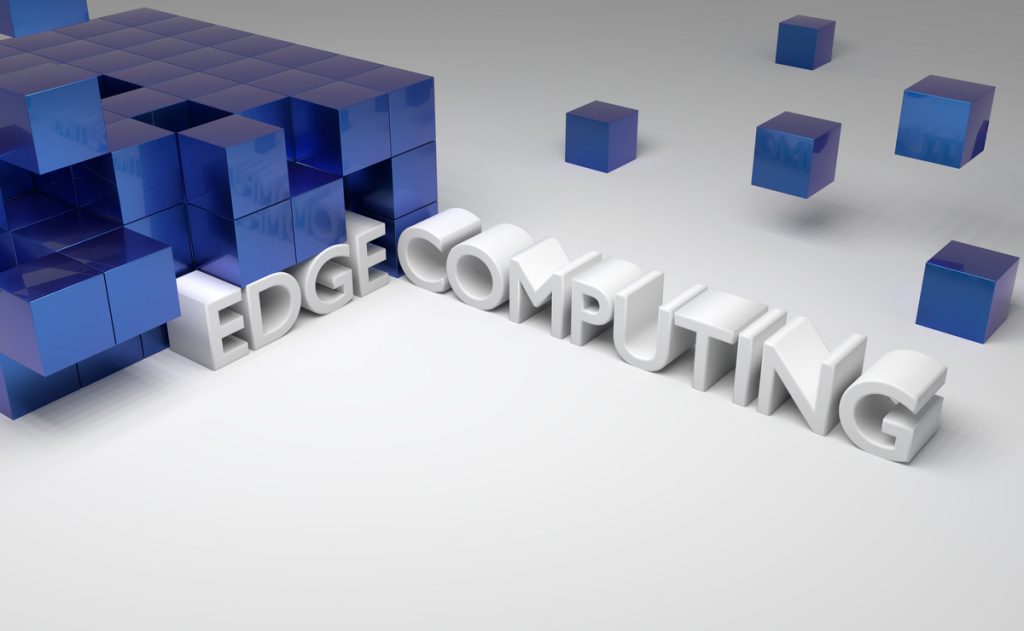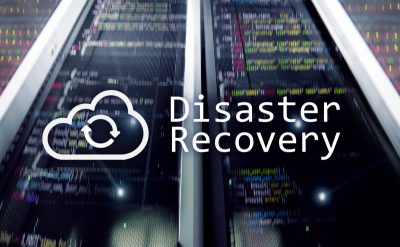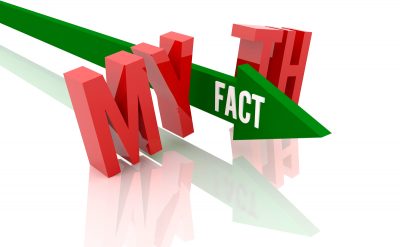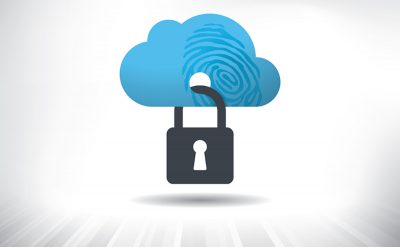Today, edge computing plays a significant role when it comes to innovation-focused businesses and professional marketers. It is a trending technology that comprises the growing paradigm of IoT (Internet of Things), which leads to the comfortability of a common man who uses connected devices and applications.
Edge computing plays a vital part in helping communication service providers improve content delivery, enable extreme low-latency use cases, and meet stringent legal requirements on data security and privacy. Delivering solutions that can host different platforms and provide a high level of flexibility for application developers is a hopeful vision.
Edge computing-based solutions can access and process data quicker at a lower cost and with increased application efficiency, which means more data insight for marketers.
Defining edge computing
Edge computing is a part of cloud computing that pushes the processed data power out at the edge devices rather than centralizing and storing the data at a single location—leading to a decrease in latency and network congestion between the device and the user resulting in a high response.
Edge computing functions as a distributed computing model that enables the data flow “to the edge” of an IoT-connected computer—implying that the device can access and make improvements to the data locally, within the system itself, or within a lean micro-network of similar devices, without needing an external/remote server to submit requests.
Edge computing creates a reliable alternative tech to centralized cloud-based data processing, but this does not mean “edge” deceives “cloud.” Connected devices often use micro data centers (within 100 square feet as per IDC) to do all the processing and logic work at or near the data source. And cloud computing makes sense to link devices regionally or globally when it comes to more geographically distributed data sources and devices.
Key factors shaping the edge-cloud ecosystem
Depending on the need for future 5G use, considering the following factors while designing edge-computing criteria are essential:
- Application design trends, life-cycle management, and platform capabilities
- Expectations on management and orchestration
- Edge-computing industry status
Imbibing edge computing into industries
Compared to other trending technologies, it took quite a long time for cloud computing to reach where it is today.
Similar to how cloud computing had progressed, edge computing also slowly climbed the hype curve and is now considered to develop gradually.
The primary role of edge computing is to serve as a data collection endpoint that can separate and transmit data to the cloud. Today, however, edge computing systems have gained the capability to compute, store, and analyze data at or near the data source. These capabilities are what make modern edge computing such a key component in today’s business IT processes.
Organization on various platforms work by gathering petabytes of information as data from sources like embedded sensors, e-commerce sites, social media platforms, and streaming services.
These data packets are then sent to the cloud system where it is stored, analyzed, and converted into actionable acumens.
A convenient way that makes the entire edge computing process a faster one is by placing computing power and storage resource near to or at the edge of the network arrangements.
Yet edge computing has more to do than lower latency. Distributed construction of edge computing leads to:
- Higher protection than a centralized cloud platform
- Making redundancies more robust
- Improved scalability and flexibility for responding to rising demands
Following lists the business use-cases for edge computing suggested by ZDNet:
- Industrial automation
- Predictive maintenance
- Software-defined networking
- Blockchain
- Retail
Edge computing is the need of the current time. Aside from the hype, edge computing has the power to fundamentally disrupt business and enterprise IT, thus creating opportunities for providers and challenges. Paying attention to all the ideas discussed here can help to create a marketing and selling edge solutions approach. To know more about Cloud technology, you can download our latest whitepapers on Cloud.








































































![[Things to Know] Before Selecting Cloud Solutions](https://d2qt3hjxf3fk7j.cloudfront.net/wp-content/uploads/2020/02/13083906/Cloud-Solution-400x247.jpg)